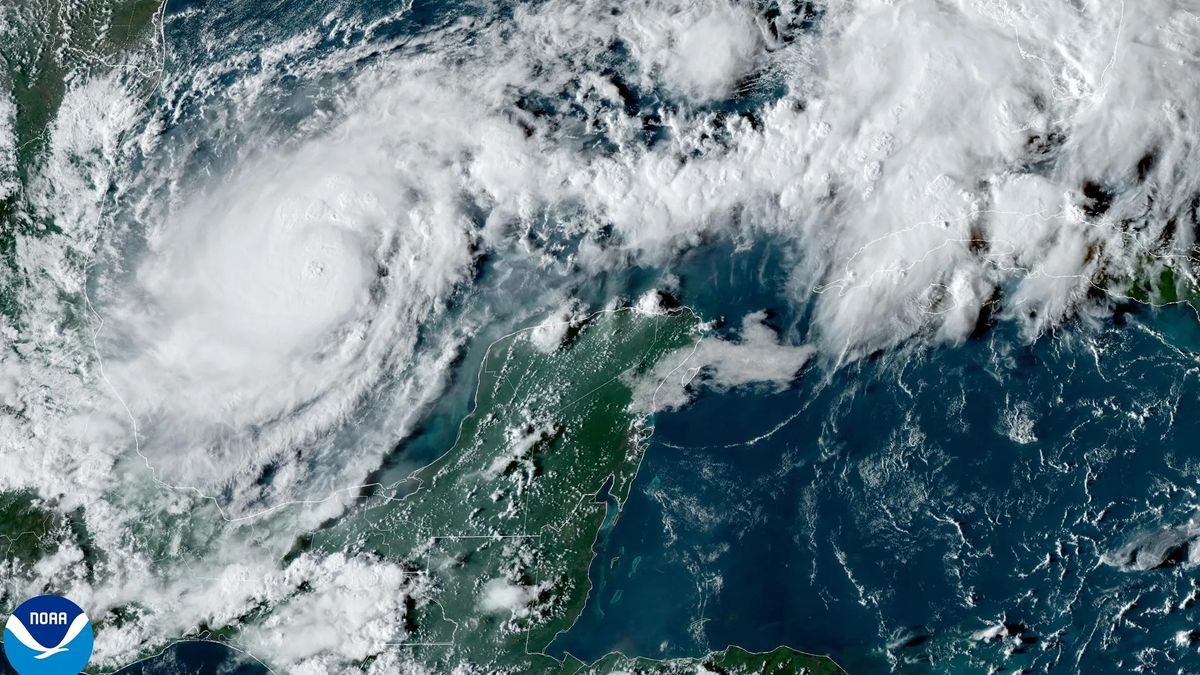Amazon’s Prime Big Deal Days return this week — and the popularity of the October sales push could threaten next month’s Black Friday as the main shopping day for discounts.
Amazon sellers have seen a large boost in sales during Big Deal Days, which runs from Oct. 8 to Oct. 9, as Prime members scoop up exclusive discounts and deals on a wide variety of products.
Jay Kamhi, the creator of top-selling Amazon toys like the fortune-telling Mr. Predicto, said his toy stores saw a spike in gross sales during the two-day event in the past.
Last year, his store made more than $47,000 during – compared to about $16,000 days just before or immediately after the Big Deal sales.
“Everybody’s looking for a deal, so when that day comes, there will be a lot of sales,” Kamhi told The Post.
Gabe Ray’s firm Evolved Commerce manages around 300 clients a month – from small mom-and-pop shops to Fortune 500 companies, many of which sell on Amazon.
Across the board, the average Amazon vendor experiences between a 250% to 350% boost in sales during the two-day event, Ray told The Post.
The October sale has found success, especially as more consumers turned to e-tailers during the pandemic.
“More and more people of older generations are adopting it and accepting online shopping is easier” – especially as Amazon has improved its same-day delivery options, Ray said.
The e-commerce boom begs the question: Is Amazon’s October Prime event the new Black Friday?
Not quite, according to experts.
Black Friday has seen its popularity drop in recent years – from the top sales day in 2019 to second place in 2021 and 2023, according to a Bain & Company sales forecast.
But the crazed shopping day seems to be making a comeback.
Bain expects US retail sales to reach a record-breaking $75 billion during the Black Friday and Cyber Monday period – representing 5% growth since last year.
About 8% of total holiday sales are expected to come from Black Friday and Cyber Monday – the period’s largest share since 2019, according to Bain.
Though popular in its own right, Big Deal Days likely won’t replace Black Friday and Cyber Monday as far as sales, Ray said.
But Amazon is still stealing away a share of Black Friday customers from brick-and-mortar stores, Ray said.
“I think they do take away some of that chunk of people who don’t want to go fight the crowds or sit and wait overnight,” Ray told The Post. “It seems like brick-and-mortar deals, they’re becoming less popular.”
To incentivize customers to return to stores, retailers have started offering exclusive, in-store deals.
And other large retailers are rushing to compete with Amazon’s October event. Target, for example, recently announced its Circle Week — which will run from Oct. 6 to Oct. 12 and overlap with the Prime event.
While Amazon will see a sales boom thanks to deals during the holiday season, vendors often do not reap the benefits, Kamhi told The Post.
Sellers see their gross sales spike during the two-day event – but their profits are hit, since customers hold off on making purchases in the periods before and after the sale, he said.
While sales from that two-day period can sometimes be enough to make up the difference, vendors are getting hit with more and more fines from Amazon this year, Kamhi said.
Vendors have always needed to pay a fee to be included in special deals, like Amazon’s Lightning Deals. But Prime-exclusive deals have long been an option for vendors who don’t want to pay the extra charge, Kamhi said.
Now, Amazon is forcing vendors to pay $50 for each product it wants included in the Prime-exclusive deals, he said.
Amazon is creating an environment in which vendors are dependent on the online marketplace before it raises fees and creates additional charges, the longtime Amazon vendor said
Most recently, Amazon has offered to help its vendors with distribution costs, he said.
Previously, vendors handled the shipping of goods from factories in China to a third-party warehouse. Then, vendors had to pay to transfer the goods from their warehouse to an Amazon warehouse.
Now, Amazon has offered to bring sellers’ merchandise to their own centers – a cost-cutting service on which many vendors have come to rely, he said.
“In the next couple years, we suspect they will now raise the prices because we’re stuck,” Kamhi told The Post. “We’re kind of captured customers.”













